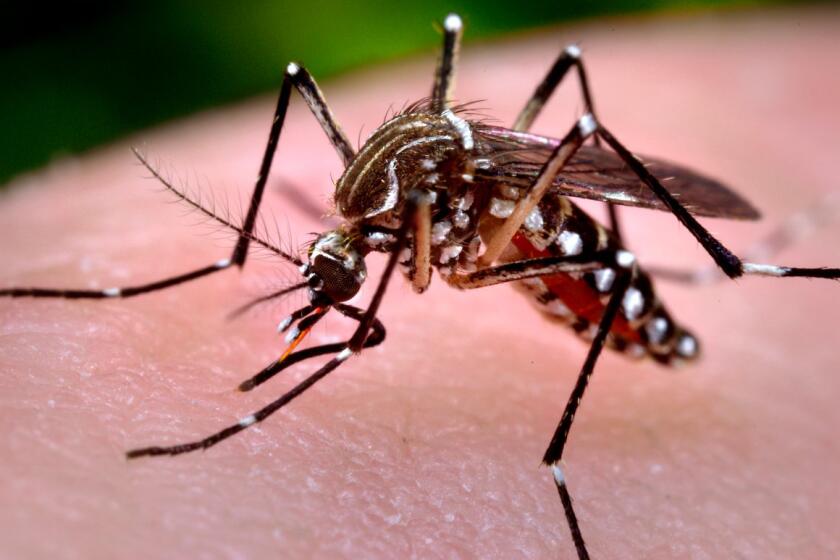Does Cellular Antenna Pose Health Risk?
QUESTION: I live in a high-rise apartment in Westwood where the management has agreed to allow a cellular phone company to install an antenna on the roof for a monthly fee.
Are any health risks involved? I live only two floors below the roof and I am concerned.
ANSWER: According to several experts, there is no evidence that such emissions are harmful to your health.
In a 1993 study by UCLA and Southern California Edison Co., researchers reported that they found no link between increased cancer rates and exposure to electric fields among their employees.
Jack D. Stahl, a senior research scientist at Edison, said of the study, “This gives me more confidence that there isn’t a large problem with EMF (electric and magnetic fields) and it provides support for the idea that there is no problem with EMF in the workplace.”
According to a recent report by Dr. Jerrold T. Bushberg, an emissions researcher and technical director of nuclear medicine and radiation safety officer in the Department of Radiology at the UC Davis medical school, “The typical levels of electromagnetic energy associated with cellular telephone transmissions are several hundred times below the most stringent U.S. safety standards.
” . . . I conclude that the frequencies and power densities associated with cellular communications facilities have not been shown to be harmful and have not been linked to adverse health effects in humans or animals.”
And Dr. Arthur W. Guy of the Center of Bioengineering at the University of Washington, said in a report on cellular telecommunications: “ . . . It is my opinion that emissions from cellular transmission facilities do not pose a threat to the health of the general population.”
Further, according to the Electromagnetic Energy Policy Alliance, Fact Sheet No. 4, “Cell site antennas are frequently installed atop 100- to 150-foot free-standing masts. The propagation pattern of the antenna is such that most of the energy is directed toward the horizon and not downward. Thus, the levels of radio-frequency energy near the base of a mast or tower are minimal.”
According to the Federal Communication Commission’s Office of Engineering and Technology, as far as rooftop antennas go, “It is conceivable that significant RF (radio-frequency) levels from a high-powered rooftop cellular installation could be present on the rooftop itself. If the rooftops were accessible to maintenance personnel or others, then appropriate restrictions might have to be placed on access to areas where RF standards could be exceeded.”
Since that doesn’t seem to be your situation, you seem pretty safe.
Can Tenants Pay Rent Using Credit Card?
Q: I am the owner of an apartment building in Venice and I have a question for you. Can my tenants use their credit cards to pay their rents? If so, do you see any problems with this?
A: I don’t know why your renters couldn’t use credit cards to pay rent, but before you go charging into such a system, I would check with the card issuers to clarify how it would work.
For instance, what are their surcharges to you for their services? Do you need machines, or one machine, to process the cards, or can you merely phone them in? And after a charge is processed, how long does it take you to get paid? Also, is there a problem if a renter uses a stolen credit card, in other words, who is liable?
If you can get satisfactory answers to these questions, I can see no problems with accepting credit cards for rent payment.
Postema is the editor of Apartment Age Magazine, a publication of the Apartment Assn. of Greater Los Angeles (AAGLA), an apartment owners’ service group.



